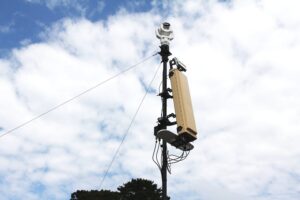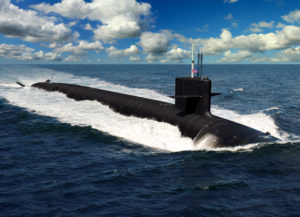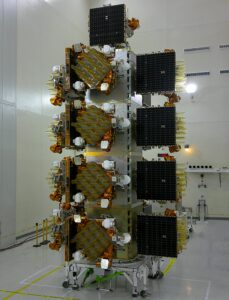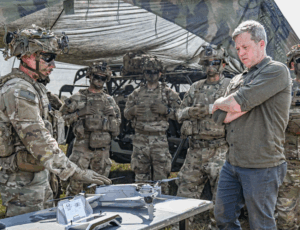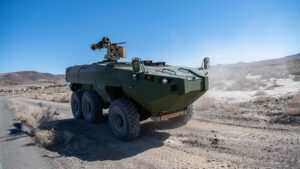
As the U.S. Marine Corps reduces its size and its armor and artillery, the service will likely increase its number of unmanned systems significantly in the next decade, Marine Commandant Gen. David Berger said on Sept. 1. "Thus far, we've gotten rid of all heavy armor in the Marine Corps," he said during a Center for Strategic and International Studies (CSIS) forum. "We've divested of, gotten rid of, some portion of our towed artillery, moving toward the direction of much…






